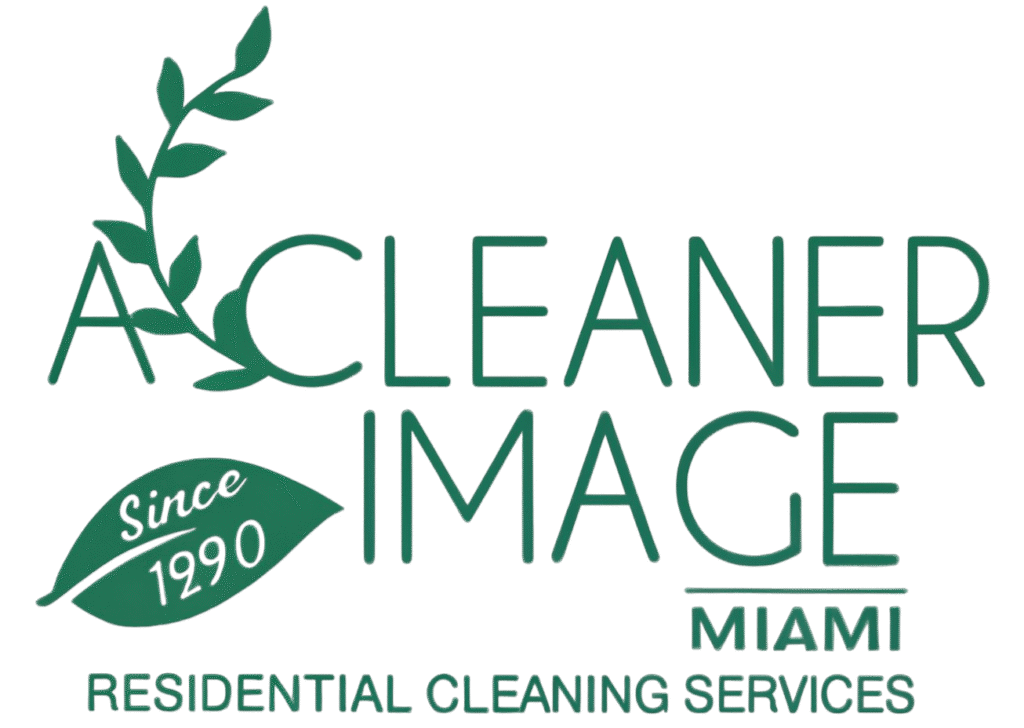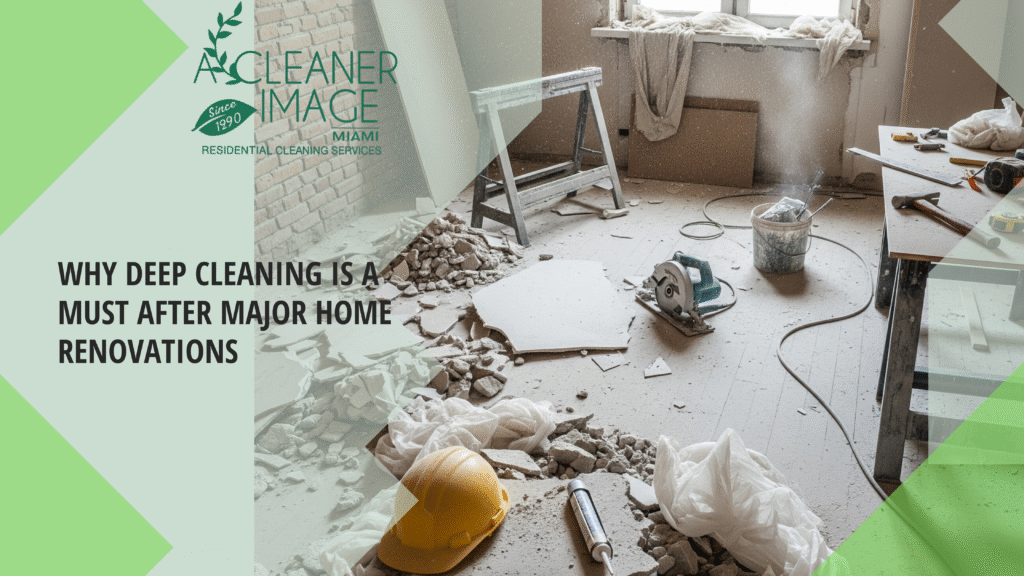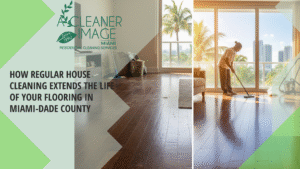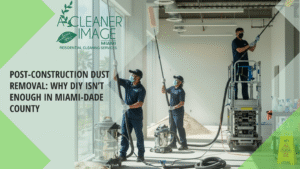After months of construction noise, paint fumes, and living in a semi-chaotic space, finishing a home renovation feels like a relief. The walls look fresh, floors shine, and new fixtures transform the feel of your home. But there’s one last, and critical, step you shouldn’t skip: deep cleaning. Post-renovation deep cleaning isn’t just about making things look tidy; it’s about protecting your health, preserving your investment, and enjoying your home the way it was meant to be.
Renovation Leaves More Than Dust Behind
Even the most careful contractors can’t completely contain renovation mess. The work often leaves:
- Fine drywall and sawdust that settles everywhere
- Paint splatters or dried adhesive residue
- Sharp debris like nails or splinters hidden in corners
- Residual construction materials and chemical fumes
These particles don’t just sit on surfaces, they circulate in your HVAC system, cling to fabrics, and linger in hard-to-reach places.
Why Deep Cleaning Is Different from Regular Cleaning
Daily cleaning keeps your home looking nice. But deep cleaning after renovations targets:
- Airborne particles too fine for standard dusting
- Settled dust in ducts, vents, and behind appliances
- Residues and construction chemicals stuck to surfaces
Without deep cleaning, these materials can slowly wear down finishes, damage electronics, and compromise indoor air quality.
1. Protect Indoor Air Quality
Drywall dust and fine sawdust are incredibly light, they can stay airborne for days and travel into every corner. Breathing them in can:
- Trigger allergies or asthma
- Cause irritation to eyes, nose, and throat
- Lead to long-term respiratory discomfort
Deep cleaning removes these hidden pollutants, helping your family breathe easier.
2. Prevent Damage to New Finishes
Dust and grit left behind from renovations can:
- Scratch new floors when walked on
- Dull paint and varnish
- Clog appliance filters and vents
Deep cleaning removes abrasive particles, protecting your investment and keeping surfaces looking new.
3. Remove Construction Residue and Stains
Paint drips, adhesive marks, or plaster splatters might not show up until the dust settles. Deep cleaning:
- Targets these spots without damaging delicate new finishes
- Polishes fixtures and removes cloudy film from windows
- Leaves surfaces sparkling instead of streaked or sticky
4. Address Hidden Problem Areas
A quick vacuum won’t catch everything. Deep cleaning reaches:
- Inside cabinets and drawers where dust collects
- Under appliances and behind furniture
- Air vents and ducts that trap and spread dust
These steps prevent future dust build-up and keep your space truly clean.
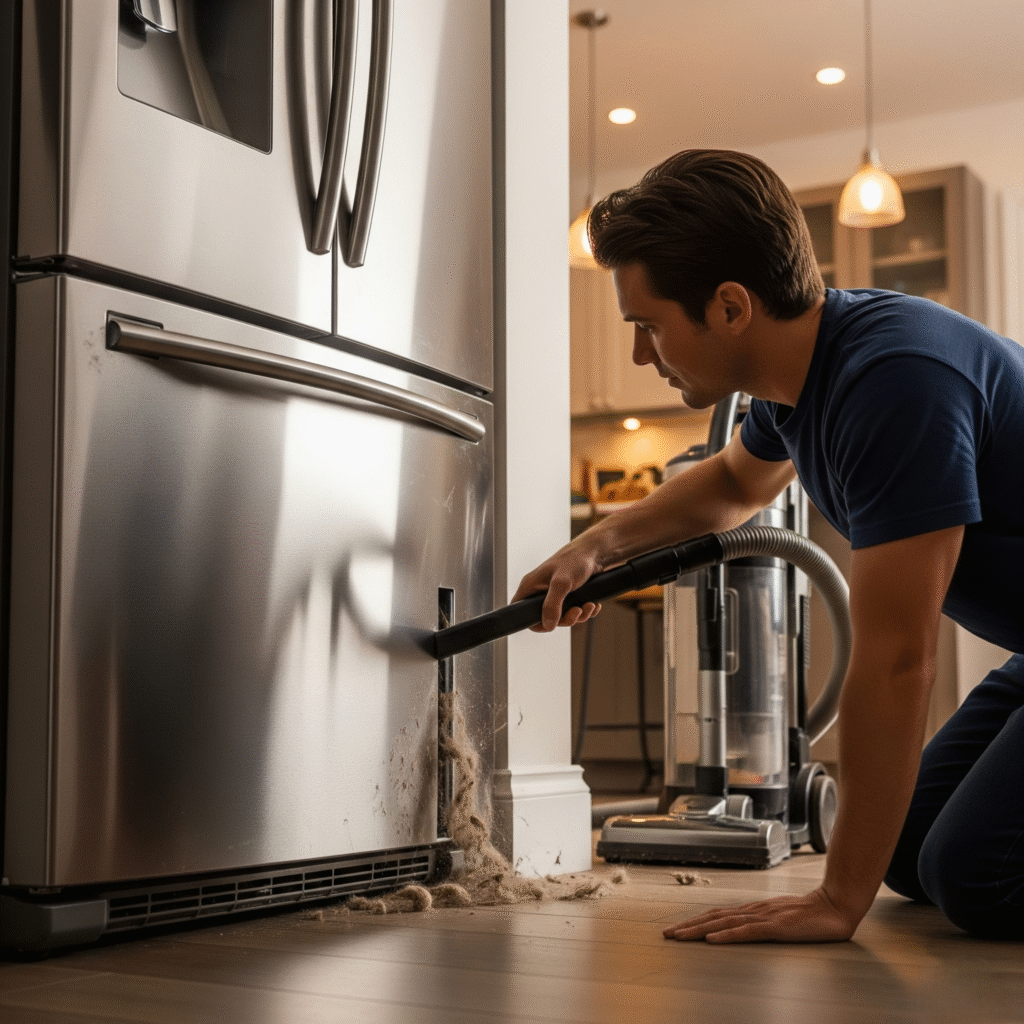
5. Improve Health and Comfort
Beyond dust, renovation projects can leave behind volatile organic compounds (VOCs) from paint, sealants, and adhesives. Deep cleaning:
- Wipes down surfaces to remove chemical residues
- Encourages ventilation to help VOCs dissipate faster
- Helps reduce lingering odors that make a new space feel less comfortable
6. Prepare the Home for Living and Decorating
Nothing ruins the excitement of moving furniture and décor back in like discovering a layer of fine dust:
- Deep cleaning ensures your upholstery, curtains, and carpets stay cleaner longer
- Keeps white baseboards and trims free of gray dust streaks
- Provides a perfect “blank canvas” to enjoy your newly finished space
DIY vs. Professional Post-Construction Cleaning
While some homeowners tackle deep cleaning themselves, professional cleaners offer:
- Industrial HEPA vacuums and specialized tools
- Techniques for delicate finishes and modern materials
- Trained eyes to spot hidden dust and debris
For large remodels or whole-home renovations, professional cleaning saves time and delivers a truly dust-free result.
7. Steps for Post-Renovation Deep Cleaning
If you decide to do it yourself, follow this order:
- Top to bottom cleaning: Start with ceilings, then walls, then floors.
- Use damp cloths: Dry dusting often spreads fine particles.
- Vacuum with HEPA filter: Captures fine dust instead of blowing it back.
- Mop floors multiple times: Change water frequently.
- Clean vents and replace filters: Prevent recirculating dust.
8. Don’t Forget Soft Furnishings
Fabric surfaces act like dust magnets:
- Wash curtains and slipcovers
- Steam clean or vacuum upholstery
- Consider professional carpet cleaning for high-traffic areas
Conclusion: Make Your Renovation Truly Complete
Renovating transforms your home visually, but deep cleaning makes it livable, healthy, and comfortable. By investing in post-renovation deep cleaning, whether DIY or professional, you protect indoor air quality, preserve your beautiful finishes, and create a space where your family can relax and enjoy the results of your hard work.
Your renovation isn’t truly finished until the dust is gone and your home feels as fresh as it looks. Contact us today!
